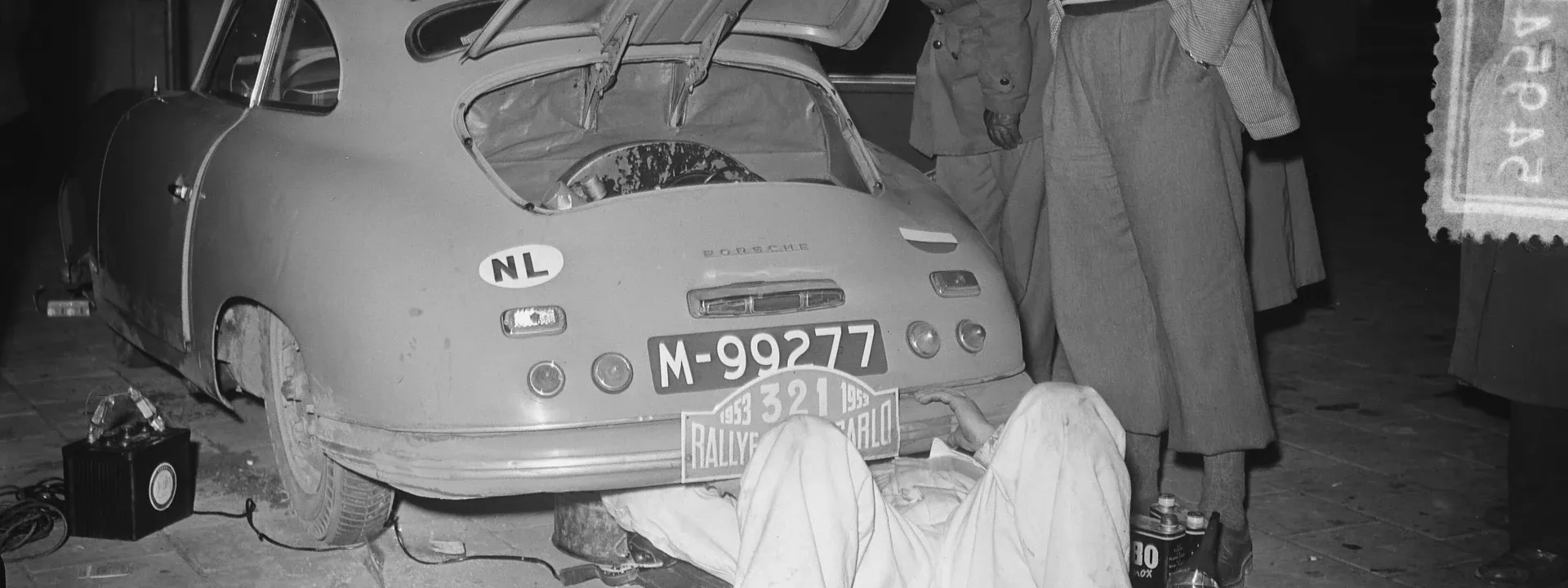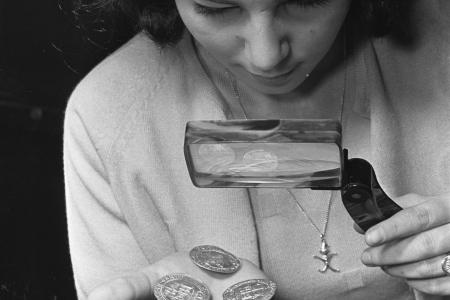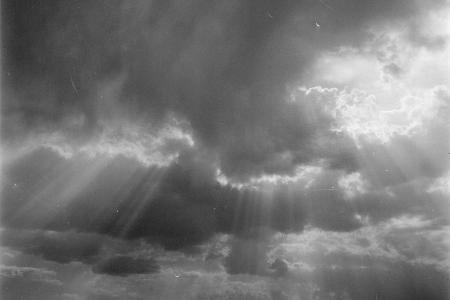Getting Started
I started by creating a Staging environment of my website. I use Cloudways to host my Drupal website so it was as easy as a few clicks in the Cloudways control panel
In this clone of my website I installed the Upgrade Status module by logging into the command line (i use MobaXterm), navigating to the directory which includes the index.php file of Drupal and typing:
composer require drupal/upgrade_status
I logged in on my cloned Drupal website and checked the info in the Upgrade Status module (admin/reports/upgrade-status). The Upgrade Status tells you what you need to do before you can upgrade
My Drupal version was already updated to the minimal required core (9.4.x) but I also had to update the PHP on my Cloudways server to 8.1 which was easily done by using the Cloudways control panel.
Updating modules
Next I looked for modules that were not compatible with Drupal 10. Luckily I didn't really need the incompatible modules so I just uninstalled them and removed the files and the directories from the modules/contrib directory by logging in via SCP (i use WinSCP).
I updated all the modules to the latest version by clicking on the version number in the Upgrade Status and opening them in a new tab. Here I copied the composer command to upgrade the module. I pasted the command into the command line and upgraded all the modules this way. As I had to upgrade 20+ modules this became a bit tedious.
Updating themes
Next I had to uninstall the themes that were deprecated in Drupal 10 such as Bartik, Seven, Stable and Classy. Navigating to 'admin/appearance' I could easily disable and uninstall Bartik and Seven. I installed Claro and set this as the admin theme.
But the Stable and Classy themes weren't showing up in the appearances/themes overview so I couldn't uninstall them. In order to make them show up I had to go into login with SCP (you can also use SFTP or FTP) and modify the the core/themes/classy.info.yml and core/themes/stable.info.yml and set hidden from true to false. After clearing the cache I was now able to uninstall both the Classy and Stable themes.
My own custom theme was depending on Classy so I needed to update the 'themes/my_theme/my_theme.info.yml' to change the base theme from classy to starterkit (which will replace the deprecated Classy and Stable themes). I also had to change the version of my theme from 9^ to 10^ to make it compatible for Drupal 10.
Updating Drupal
Now for the Drupal upgrade. I followed the instructions as detailed here and changed the directory and files permission with WinSCP as instructed. I run the following composer command:
composer require 'drupal/core-recommended:^10' 'drupal/core-composer-scaffold:^10' 'drupal/core-project-message:^10' --update-with-dependencies --no-update
And after that the actual upgrade command:
composer update
To update the database I navigated to 'mydomain.com/update.php'. I followed the instructions and waited for the database to be updated.
Troubleshooting
Going to the homepage I got a white screen of death (WSOD) with a unhelpful message telling me there was an error. I also got the same WSOD when navigating to any page on my website so I couldn't login to see a more detailed error message in the logs. In order to show a more helpful error message on the WSOD I had to turn on error messaging in my /sites/default/settings.php by adding the following code at the end:
$config['system.logging']['error_level'] = 'verbose';
The error message on the WSOD now told me something about the node_type plugin not existing. After some searching I found this solution by montogro. As I needed drush to export the configuration files I installed it via the command line by running the command:
composer require drush/drush
Next I run the following command:
drush cex
Now I could copy the files in my sites/default/files/myconfiguration directory to a folder on my local hard drive. I opened this folder with Visual Studio Code and searched for 'node_type'.
Just a montogro I found this being referenced in the Asset Injector module. I uninstalled the Asset Injector module with drush with the following command:
drush pm:uninstall asset_injector
After clearing the cache with drush cr I refreshed the homepage of my website and voila: It's working! I removed the error code I added to my settings.php and checked if everything worked correctly.
After I was sure the upgrade was successful I went back into my Cloudways control panel and pushed the staging files and database to the live environment.
This completed my journey to upgrade Drupal 9 to Drupal 10. Hopefully this will help you into making the upgrade for 9 to 10. Let me know in the comments if you have any comments or questions.





